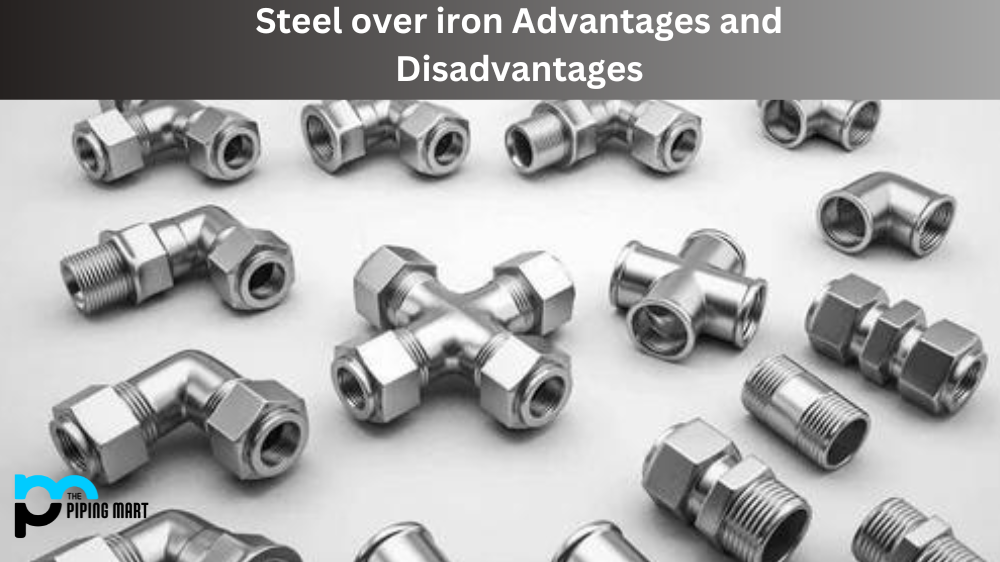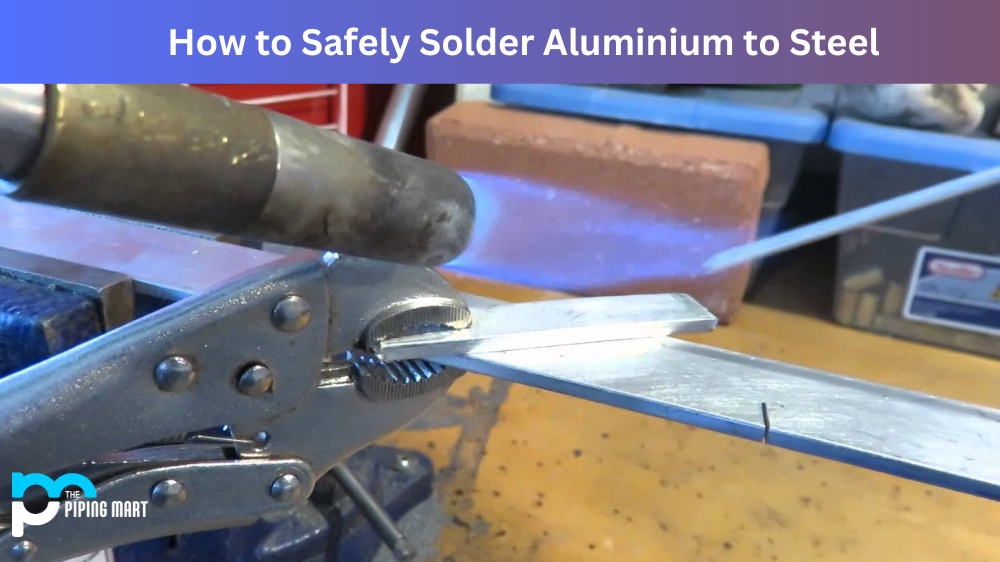Steel and iron are beneficial materials, but they have distinct advantages and disadvantages that make them better suited for different uses. For those new to the construction industry, understanding the advantages and disadvantages of steel over iron can significantly help in deciding which material is best for your project.
5 Advantages of Steel over iron
One of the main advantages of steel over iron is its strength-to-weight ratio, which is much greater than iron. It is much more durable than iron and lightweight enough for various applications. It also has a much higher melting point than iron, which can handle higher temperatures without becoming malleable or brittle. Additionally, steel has better corrosion resistance than iron which makes it ideal for outdoor applications, or anywhere moisture may be an issue. Finally, steel is easier to produce in mass quantities than iron due to its composition and the fact that it does not require as many resources or labor hours as iron.
Steel is stronger than iron.
This is the most important advantage of steel over iron. Steel is an alloy of iron and carbon and is significantly stronger than iron. This makes it the perfect material for many applications, from bridges and buildings to automobiles and aircraft.
Steel is more durable than iron.
Another advantage of steel over iron is that it is more durable. This means it can withstand more wear and tear and will not rust as easily as iron. This makes it ideal for applications where durability is essential, such as construction or transportation.
Steel is less likely to corrode than iron.
Corrosion is a significant problem with iron, as it can cause the metal to weaken and break down over time. Steel is less likely to corrode than iron, making it a better choice for applications where corrosion resistance is essential, such as in marine environments.
Steel can be recycled more easily than iron.
Recycling is an important consideration when choosing a material for any application. Steel can be recycled more easily than iron, making it a more sustainable choice. Additionally, recycling steel requires less energy than recycling iron, making it more environmentally friendly.
Steel has a lower carbon footprint than iron.
The carbon footprint refers to the amount of carbon dioxide released into the atmosphere during the production of a material. Steel has a lower carbon footprint than iron, making it a more environmentally friendly choice.
5 Disadvantages of Steel over iron
Steel over iron is not without its drawbacks; one major disadvantage is its cost, as steel tends to be more expensive than iron due to its production costs. Additionally, while steel has better corrosion resistance than iron, it can still rust if exposed to certain conditions, such as saltwater or acidic environments. To prevent rusting, special coatings must be applied after production. Finally, steel can be more challenging to work with due to its strength; special tools are often required for shaping and cutting steel into desired shapes and sizes.
- Steel is more expensive than iron.
- Steel is more difficult to work with than iron.
- Steel is more likely to corrode than iron.
- Steel is less durable than iron.
- Steel is less malleable than iron.
Conclusion:
When deciding between using steel over iron for any construction project, the best option will depend on cost, durability, weight requirements, and environment exposure — to name a few! All these factors will help ensure you choose the most suitable material for your project’s needs while staying within budget simultaneously! Understanding the advantages and disadvantages of steel over iron can help you confidently make this decision!

A passionate metal industry expert and blogger. With over 5 years of experience in the field, Palak brings a wealth of knowledge and insight to her writing. Whether discussing the latest trends in the metal industry or sharing tips, she is dedicated to helping others succeed in the metal industry.




